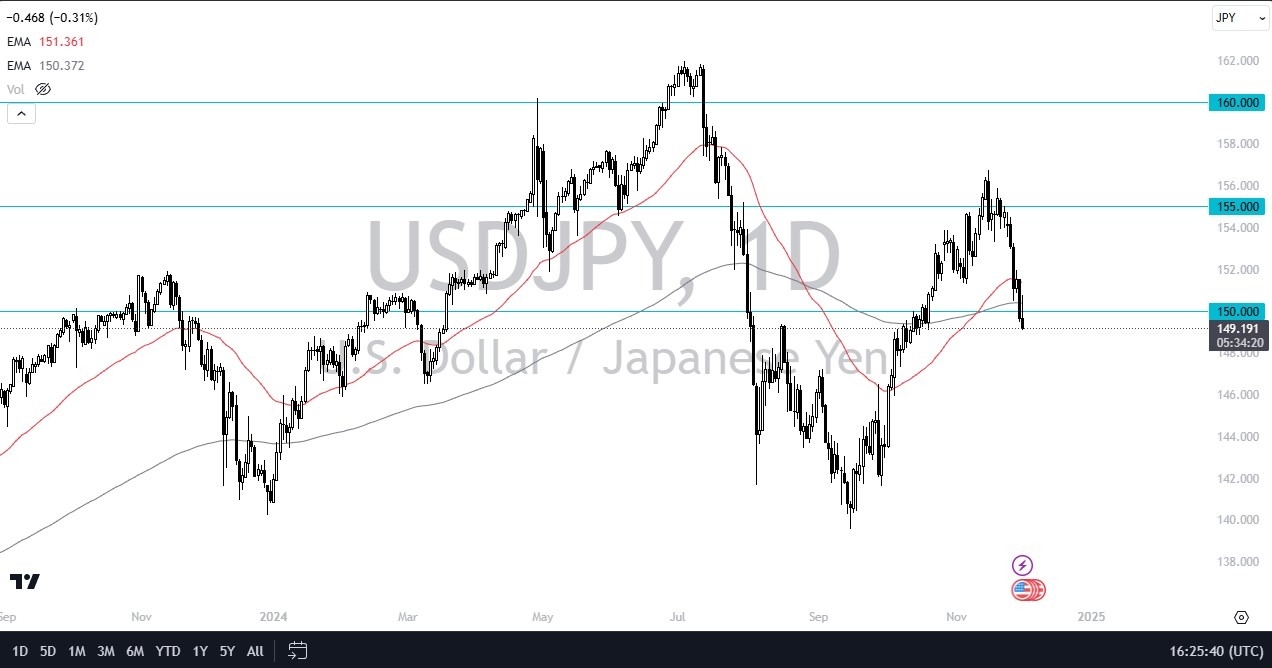Category: Forex News, News
XAG/USD slumps below $31 as safe-haven demand fades
- Silver price slides below $31.00 as its safe-haven demand fades.
- Higher bond yields also weighed on the Silver price.
- Investors expect the Fed to deliver fewer interest rate cuts in the current policy-easing cycle.
Silver price (XAG/USD) extends its correction below $31.00 in European trading hours on Wednesday after facing selling pressure near $31.50 on Tuesday. The white metal falls back as fresh escalation in the Russia-Ukraine war inspired by President Vladimir Putin’s approval to lowering the threshold for counter attack by nuclear weapons faded after Russian Foreign Minister Sergei Lavrov said the country will “do everything possible” to avoid the onset of nuclear war.
Putin cleared revision in the nuclear doctrine after US President Joe Biden provided the Army Tactical Missile System (ATACMS) to Ukraine and permitted them to launch deep into Russian territory. Historically, demand for safe-haven assets such as Silver, strengthens in times of uncertainty and heightened geopolitical risks.
A sharp recovery in the US Treasury yields has also weighed on the Silver price. 10-year US Treasury yields jump to near 4.42% on expectations of fewer interest rate cuts from the Federal Reserve (Fed) in its current policy-easing cycle. Higher yields on interest-bearing assets increase the opportunity cost of holding an investment in non-yielding assets, such as Silver. The US Dollar Index (DXY), which gauges Greenback’s value against six major currencies, bounces back strongly above 106.60.
Market participants expect the economic agenda of President-elected Donald Trump will boost the United States (US) inflation and economic growth, a scenario that will force the Fed to follow a gradual rate-cut approach.
Silver technical analysis
Silver price stays on track toward the upward-sloping trendline around $29.00, plotted from the February low of $22.30, which also coincides with the 200-day Exponential Moving Average (EMA). The white metal falls back after facing selling pressure near the 50-day EMA, which trades around $31.40.
The asset weakened after the breakdown of the horizontal support plotted from the May 21 high of $32.50.
The 14-day Relative Strength Index (RSI) slides to near 40.00. A bearish momentum will trigger if the RSI (14) sustains below the same.
Silver daily chart
Silver FAQs
Silver is a precious metal highly traded among investors. It has been historically used as a store of value and a medium of exchange. Although less popular than Gold, traders may turn to Silver to diversify their investment portfolio, for its intrinsic value or as a potential hedge during high-inflation periods. Investors can buy physical Silver, in coins or in bars, or trade it through vehicles such as Exchange Traded Funds, which track its price on international markets.
Silver prices can move due to a wide range of factors. Geopolitical instability or fears of a deep recession can make Silver price escalate due to its safe-haven status, although to a lesser extent than Gold’s. As a yieldless asset, Silver tends to rise with lower interest rates. Its moves also depend on how the US Dollar (USD) behaves as the asset is priced in dollars (XAG/USD). A strong Dollar tends to keep the price of Silver at bay, whereas a weaker Dollar is likely to propel prices up. Other factors such as investment demand, mining supply – Silver is much more abundant than Gold – and recycling rates can also affect prices.
Silver is widely used in industry, particularly in sectors such as electronics or solar energy, as it has one of the highest electric conductivity of all metals – more than Copper and Gold. A surge in demand can increase prices, while a decline tends to lower them. Dynamics in the US, Chinese and Indian economies can also contribute to price swings: for the US and particularly China, their big industrial sectors use Silver in various processes; in India, consumers’ demand for the precious metal for jewellery also plays a key role in setting prices.
Silver prices tend to follow Gold’s moves. When Gold prices rise, Silver typically follows suit, as their status as safe-haven assets is similar. The Gold/Silver ratio, which shows the number of ounces of Silver needed to equal the value of one ounce of Gold, may help to determine the relative valuation between both metals. Some investors may consider a high ratio as an indicator that Silver is undervalued, or Gold is overvalued. On the contrary, a low ratio might suggest that Gold is undervalued relative to Silver.
Source link
Written by : Editorial team of BIPNs
Main team of content of bipns.com. Any type of content should be approved by us.
Share this article:










